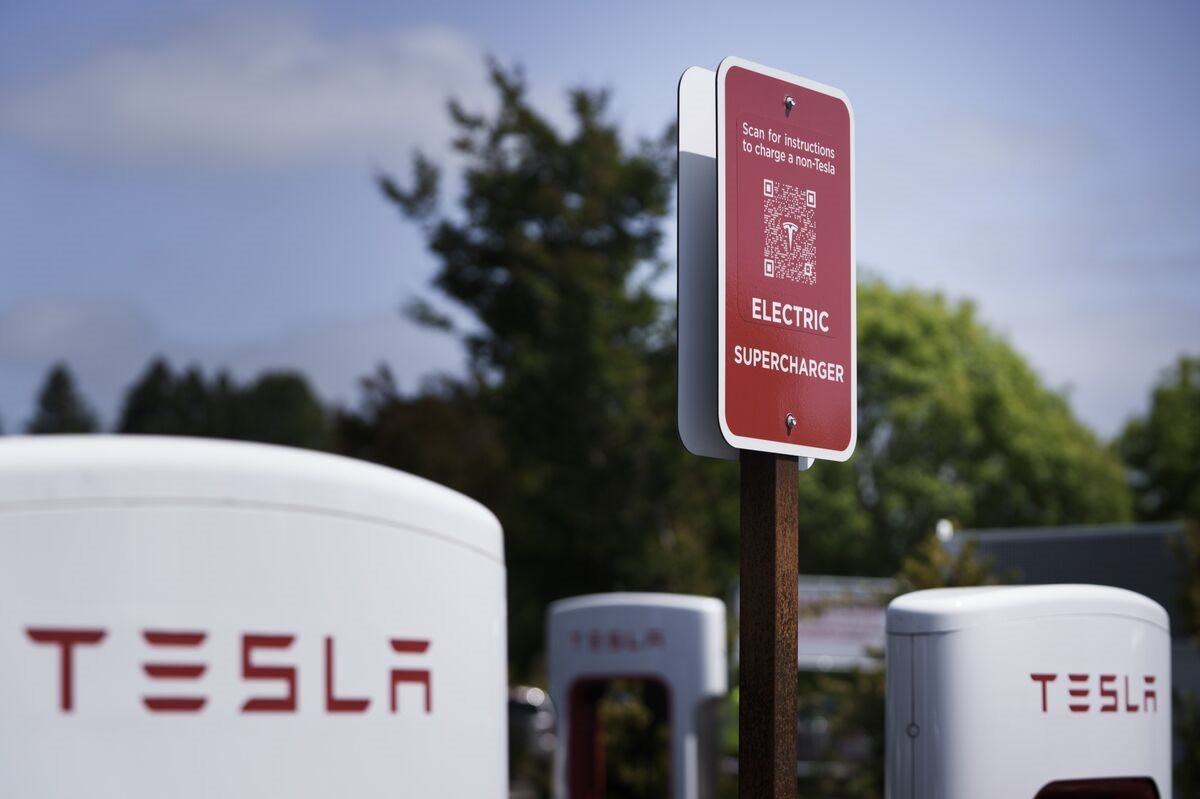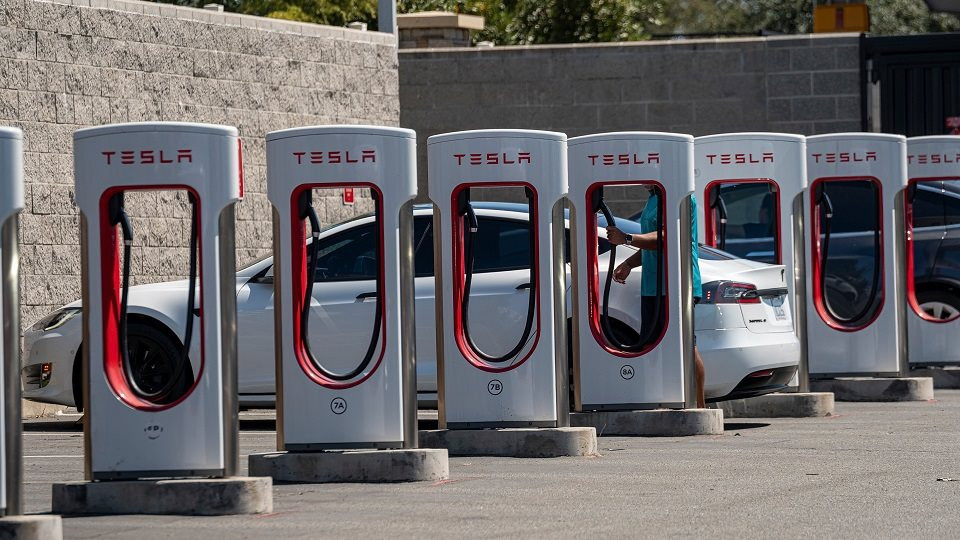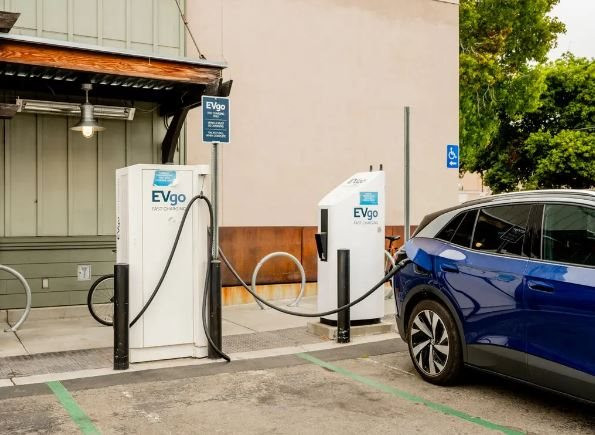The Tesla charging station system will soon dominate the US: Freedom to roam unattended, Ford, GM indirectly admit defeat
- Tram Ho

Ms. Barra, CEO of General Motors, has just signed an agreement with Tesla to make it possible for customers to refuel electric vehicles at the rival company’s charging points. The move is taken to encourage more customers to choose its EV products because, according to a recent survey, the fear of not finding a charging station is the main reason why many people hesitate with electric vehicles.
Behind this cooperation is the deliberate calculation of GM, Ford, car charger manufacturers as well as equipment suppliers. They need the help of Tesla – the car company that sells the most electric cars and operates the largest fast-charging network in the US.
However, the decision to partner with Tesla comes with some risks for the rest of the auto industry, which will depend on Elon Musk. Tesla’s proprietary charging system, known as the North American Charging Standard (NACS), is not overseen by an independent organization. The company intends to empower the management agency, but no one is sure that this will happen.
The deal also comes with risks for Tesla. Back then, exclusive access to charging stations helped the company sell a lot of vehicles, especially to customers who were annoyed by having to wait to charge Fords and Chevrolets.
Some experts worry that companies scrambling for charging technology could make people bored with electric cars.
“It creates confusion,” said Oleg Logvinov, North America president of the Charging Interface Initiative. “Buyers will probably wait until they find out which charging station supplier wins.”
Ford, GM and most other manufacturers except Tesla have built cars with CCS sockets according to European standards. Charging networks run by companies like Electrify America and EVgo mostly also offer CCS.

The Tesla charging station system will soon dominate the US
Meanwhile, Tesla’s socket is lighter, easier to use, but only suitable for cars manufactured by genuine manufacturers. Under the agreement with Ford and GM, Tesla will deliver an adapter early next year and allow cars from those manufacturers to connect to about 12,000 fast chargers in the US. By 2025, Ford and GM will plan to produce models that can use Tesla’s socket directly without the need for an adapter.
This could force charging network operators to install Tesla’s dedicated plugs, thereby making CCS obsolete – at least in North America – in the coming years. Startup Rivian last week also said it would switch to NACS as other manufacturers consider doing the same.
“For us, it was important to make sure that charging station access was easy,” said RJ Scaringe, Rivian CEO.
As such, one day Tesla’s own NACS system will dominate. Frustration with the current charging network is clearly one of the reasons why Ford and GM decided to partner with Tesla.
Still, it is extremely difficult to operate chargers that can fuel dozens of vehicles from many different manufacturers.
“This may be the trend, but it’s still too early to say that Tesla has won,” said Loren McDonald, a consultant in the field of electric vehicles.
It is known that Volkswagen and Hyundai still prefer the CCS standard system. According to McDonald, the future of the charging station industry can be similar to smartphones – where Apple and Android coexist.

Tesla’s proprietary charging system, known as the North American Charging Standard (NACS), is not overseen by an independent organization.
“We’re going to have a standard, but it’s not clear how long it will take,” said John Eichberger, executive director of research organization Transportation Energy Institute (USA), said.
Back in 2012 – when Tesla started building a network of stations after it started selling Model S. To date, it has 19,700 charging ports across the US, according to the Department of Energy, in when the number of CCS ports is only about 10,500. Only 12,000 Tesla chargers are used to service Ford, GM and Rivian.
The fact that other automakers have decided to ally with Tesla is an admission that Elon Musk’s company has more experience in operating electric charging networks. Musk has promised not to put GM and Ford customers at a disadvantage, while other automakers say they trust him.
Many bets that the regulator will step in if Tesla tries to monopolize the charging station. Others are happy that the barrier to EV tastes is gradually being removed.
“We are growing. This will push the industry forward,” said Brendan Jones, CEO of Blink Charging, which is planning to install Tesla plugs.
It is known that the US electric vehicle industry is now focusing on developing fast charging points to help drivers relieve the anxiety of being stuck in the middle of the road. A report by S&P Global in January suggested that US charging systems would not be enough to serve the rapidly growing electric vehicle industry. The number of charging points in the US will therefore need to quadruple between 2022-2025 to meet demand.
Experts point to a variety of reasons for this shortage, from problems with the supply chain, difficulties in negotiating with the power company or the direction of the government.
By: The New York Times, Bloomberg
Source : Genk
